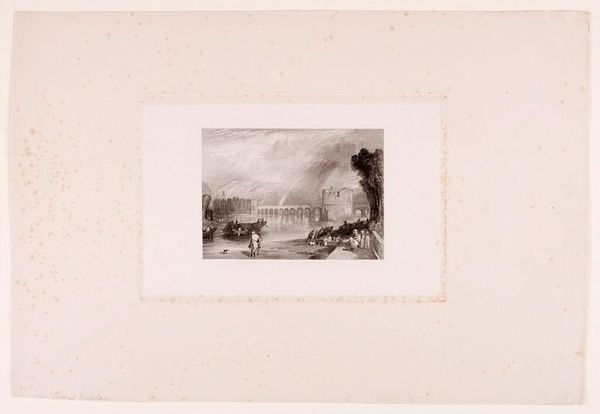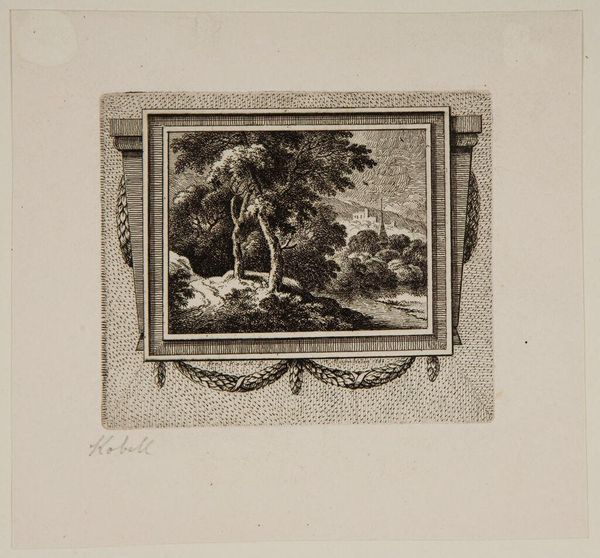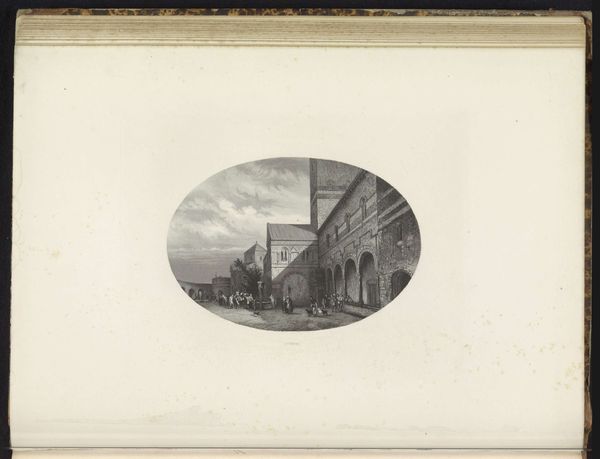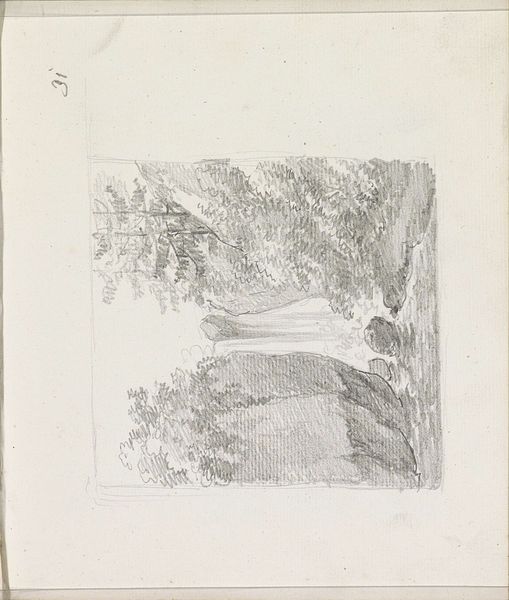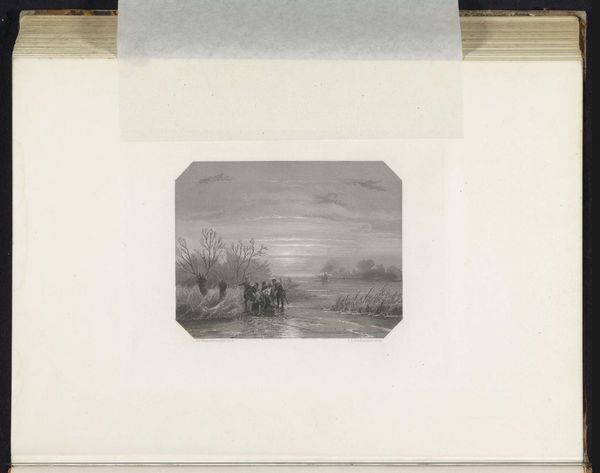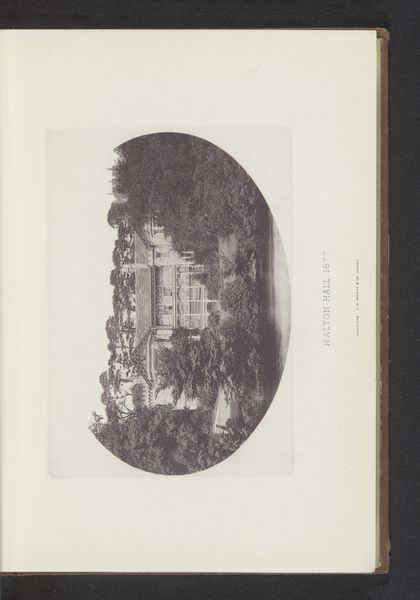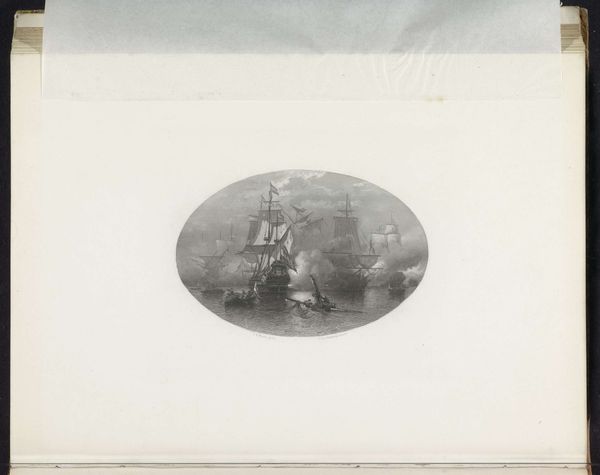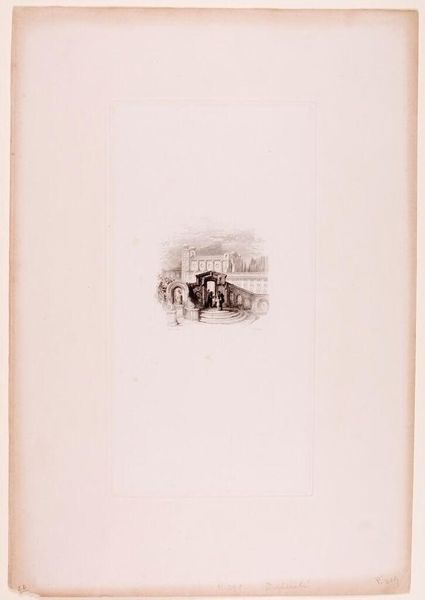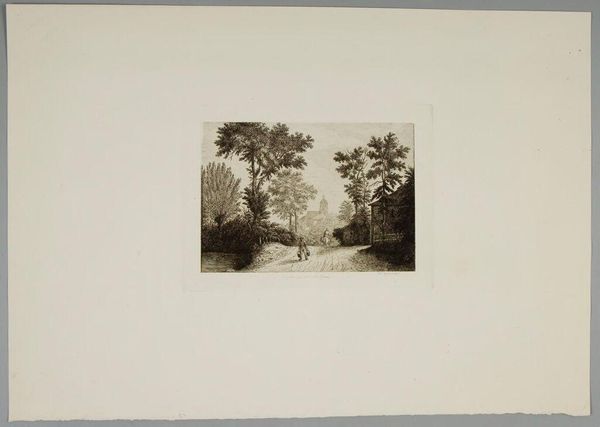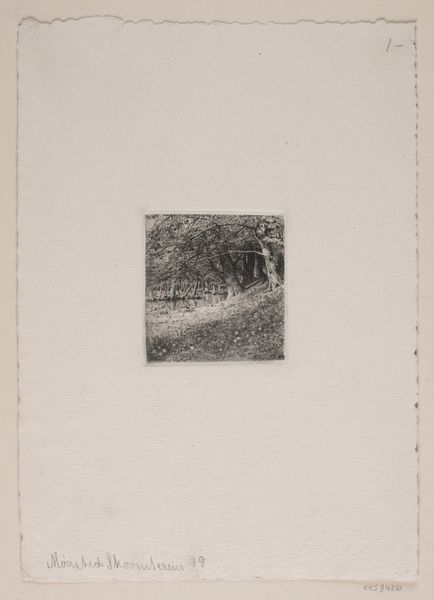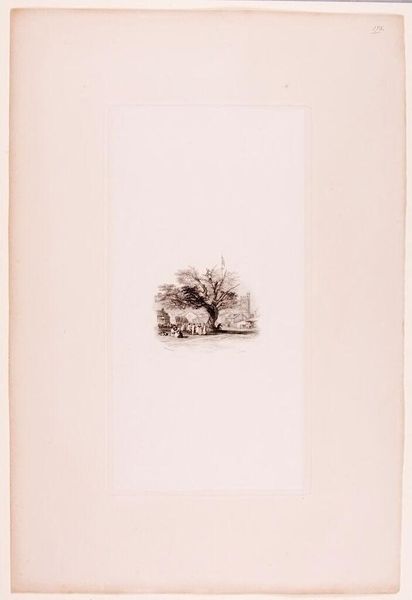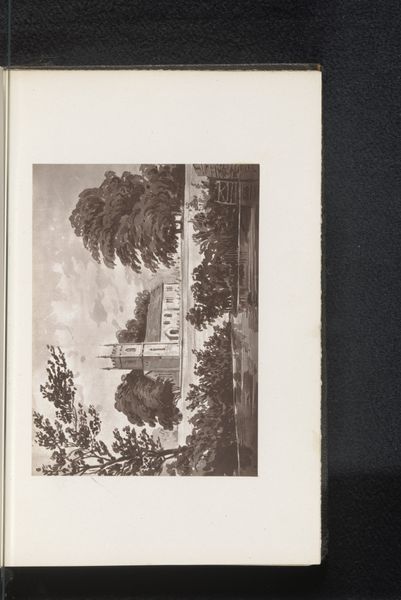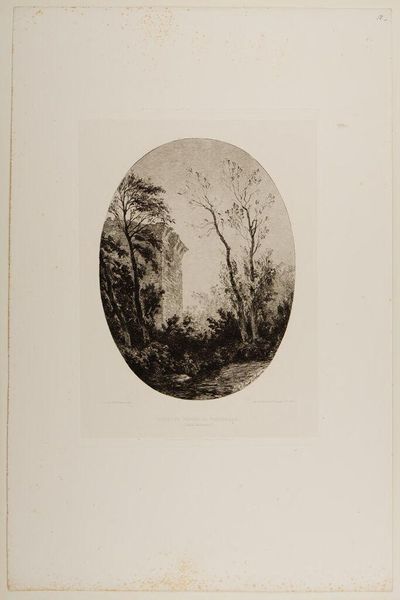
Landscape with view of a village (one of three) 1600 - 1615
0:00
0:00
tempera, painting, glass
#
medieval
#
tempera
#
painting
#
landscape
#
glass
#
black and white theme
#
genre-painting
#
monochrome
#
miniature
#
monochrome
Dimensions: Overall: 6 1/2 × 8 1/2 in. (16.5 × 21.6 cm)
Copyright: Public Domain
Editor: This is "Landscape with view of a village," created between 1600 and 1615 by Christoph Murer. It's a miniature landscape painted with tempera on glass, currently housed at the Metropolitan Museum of Art. The monochromatic palette gives it such a somber, reflective quality. What strikes you about this piece? Curator: Beyond its aesthetic qualities, I think it's important to consider how this seemingly simple landscape reflects the social and political landscape of its time. Monochrome artworks, especially in the context of the early 17th century, were often tied to restrictions placed on artists from expressing bolder color statements, but did this particular artist take interest in depicting the working lives of common villagers? Is there a potential narrative of social realism here? Editor: That's fascinating. I was focused on the visual harmony and hadn’t considered its social commentary. It almost romanticizes rural life, but now I'm questioning who this ideal was created for, and for what purposes. Curator: Exactly. Were these idealized versions of village life intended to obscure realities of hardship or social injustice? Examining these images through the lens of power dynamics, like class and patronage, brings the miniature into the macro. Editor: It makes me wonder about the artist's position too. Murer's work captures a specific perspective that might not be fully representative of lived experiences of villagers, right? Curator: Precisely. It prompts us to ask: whose stories are privileged in historical narratives? How can we critically examine art to unpack layers of meaning beyond its surface beauty? Editor: I appreciate how you connected the visual elements to broader historical themes. It changes how I understand not only this artwork, but how art reflects society at large. Curator: And hopefully, this exploration inspires further investigations of unheard voices and marginalized perspectives within the historical record.
Comments
No comments
Be the first to comment and join the conversation on the ultimate creative platform.
